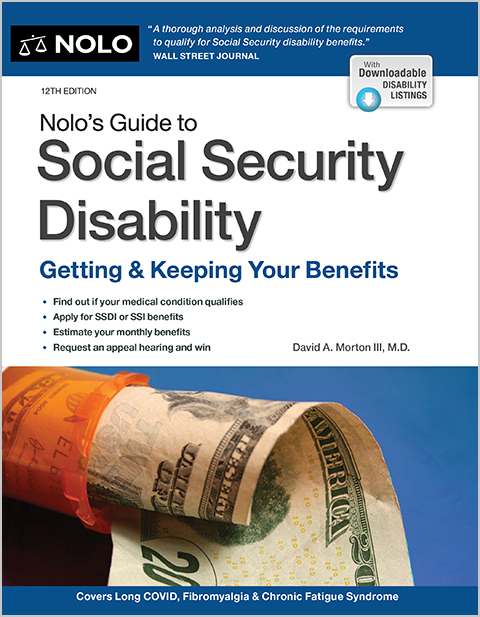Deductibles, premiums, and coinsurance amounts for Medicare are increasing slightly in 2025.
Here are the Medicare premiums, deductibles, and copay amounts for 2025.
Medicare Part A Costs and Deductible
Part A deductible. In 2025, you'll also pay a $1,676 deductible for each benefit period in which you use hospital or skilled nursing inpatient care (this is an increase of $44 from 2024).
Part A copayments. The first 60 days in the hospital, and the first 20 days in a skilled nursing facility, are included with your Part A deductible. After that, you'll have to pay the following copays.
- Hospital days 61-90: $419 coinsurance per day of each benefit period
- Hospital days 91 and beyond: $838 coinsurance per each lifetime reserve day for each benefit period
- Skilled nursing days 21-100: $209.50 coinsurance per day of each benefit period.
Part A premiums. Almost 99% of people don't pay a monthly premium for Medicare Part A (hospital insurance). But if you have to pay for Part A because you or your spouse don't have a long enough work history, you'll pay between $285 (if you or your spouse has 30-39 work credits) and $518 (if you or your spouse has fewer than 30 work credits).
Medicare Part B Premiums and Deductible
Part B deductible. The Part B deductible for 2025 has increased by $17, to $257 per year.
Part B premiums. The standard Medicare Part B premium is increasing by $10.30 per month in 2025, to $185.00. Plus, about 8% of Medicare beneficiaries have to pay a higher monthly premium because their income is over a certain amount.
If your 2023 adjusted gross income was over $106,000 (or $212,000 for a couple), your monthly premiums in 2025 are as follows:
|
Yearly Income in 2023 |
Total Monthly Premium in 2025 |
|
single: $106,001–$133,000 |
$259.00 |
|
married: $212,001–$266,000 |
$259.00 |
|
single: $133,001–$167,000 |
$370.00 |
|
married: $266,001–$334,000 |
$370.00 |
|
single: $167,001–$200,000 |
$480.90 |
|
married: $334,001–$400,000 |
$480.90 |
|
single: $200,001–$499,999 |
$591.90 |
|
married: $400,001–$749,999 |
$591.90 |
|
single: $500,000 or above |
$628.90 |
|
married: $750,000 or above |
$628.90 |
Limits on therapy. Medicare no longer puts a cap on the number of outpatient physical therapy, speech-language pathology, or occupational therapy visits it will pay for. But the Medicare program still has thresholds for "authorization purposes," as follows (for 2024):
- outpatient physical therapy and speech-language pathology combined: $2,330
- occupational therapy: $2,330.
If your therapist tells Medicare that therapy above the threshold is medically necessary and Medicare approves, you can go over the threshold.
Medicare Part C Costs
Beneficiaries of Part C, also called Medicare Advantage, have to pay the monthly Part B premium as well as a monthly Advantage plan premium, although over two-thirds of Advantage plans don't charge a monthly premium. And Medicare Advantage plans generally have lower costs than traditional Medicare plans and they offer more services.
The average premium for Medicare Advantage plans in 2025 has decreased from about $18 to $17 per month. But, according to the Centers for Medicare & Medicaid Services (CMS), 33% of Medicare Advantage enrollees won't see a change in their monthly premiums in 2025. And about 60% of people enrolled in Medicare Advantage will have no premium in 2025.
Medicare Part D Premiums and Deductible
Part D deductible. The maximum Part D deductible for 2025 is $590 per year (though some plans waive the deductible completely). Over 60% of people enrolled in a Medicare Advantage plan with drug coverage pay no Part D deductible.
Part D premiums. Part D premiums vary depending on the plan you choose, with an average of $25 per month. (But some plans are premium-free, particularly those that are packaged with a Medicare Advantage plan.)
About 8% of people enrolled in a Part D drug plan will have to pay a higher amount based on their income. If your adjusted gross income is over $106,000 (or $212,000 for a couple), you'll pay a monthly adjustment amount to Medicare in addition to your monthly Part D premium.
Here are the Part D additional amounts for individuals making over $106,000 and married couples making over $212,000:
|
Yearly Income in 2023 |
Monthly Surcharge in 2025 |
|
single: $106,001–$133,000 |
$13.70 |
|
married: $212,001–$266,000 |
$13.70 |
|
single: $133,001–$167,000 |
$35.30 |
|
married: $266,001–$334,000 |
$35.30 |
|
single: $167,001–$200,000 |
$57.00 |
|
married: $334,001–$400,000 |
$57.00 |
|
single: $200,001–$499,999 |
$78.60 |
|
married: $400,001–$749,999 |
$78.60 |
|
single: $500,000 or above |
$85.80 |
|
married: $750,000 or above |
$85.80 |
New cap on Part D drug costs for 2025. With Part D coverage, your plan will pay at least 75% of your drug costs. You'll pay a copayment for each prescription, but many plans' copays are less than 25% of the cost. Your copayment will likely be higher for brand-name drugs and less for generics.
The "donut hole" in coverage for Part D has been eliminated for 2025. And once your total out-of-pocket costs for drugs in one year reach $2,000, you'll have no copayment or coinsurance amount for covered drugs for the remainder of that year. Your total out-of-pocket costs include your deductible and copayments, but don't include your monthly premium or the cost of drugs not covered by your plan.
The federal government offers subsidies to pay for Part D for those with low income (called Extra Help), which has changed significantly for 2025. See Nolo's article on Extra Help for Part D for more information.
Effective date: Jan 01, 2025
Sources:
CMS, 2025 Medicare Parts A & B Premiums and Deductibles
Federal Register, RIN 0938-AV39


